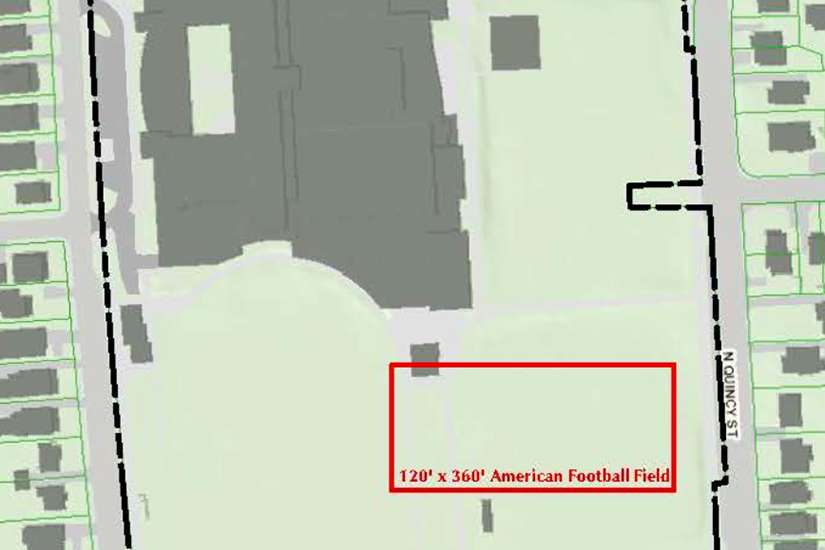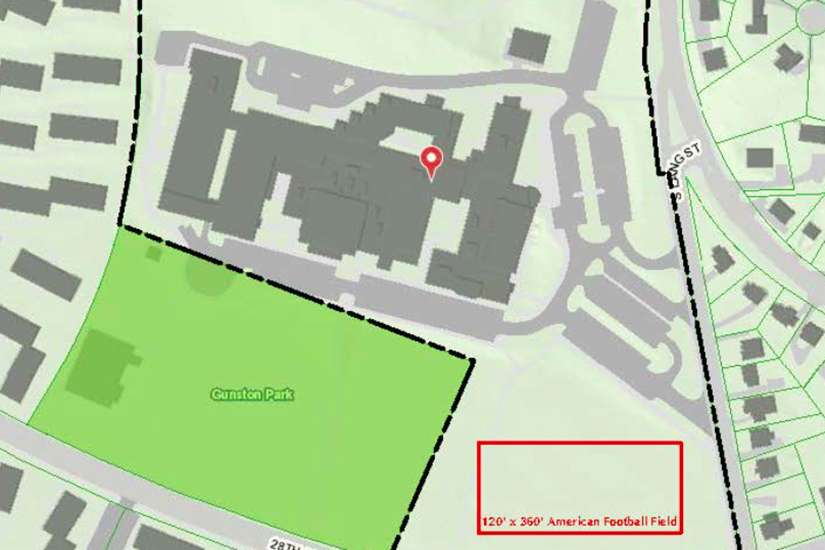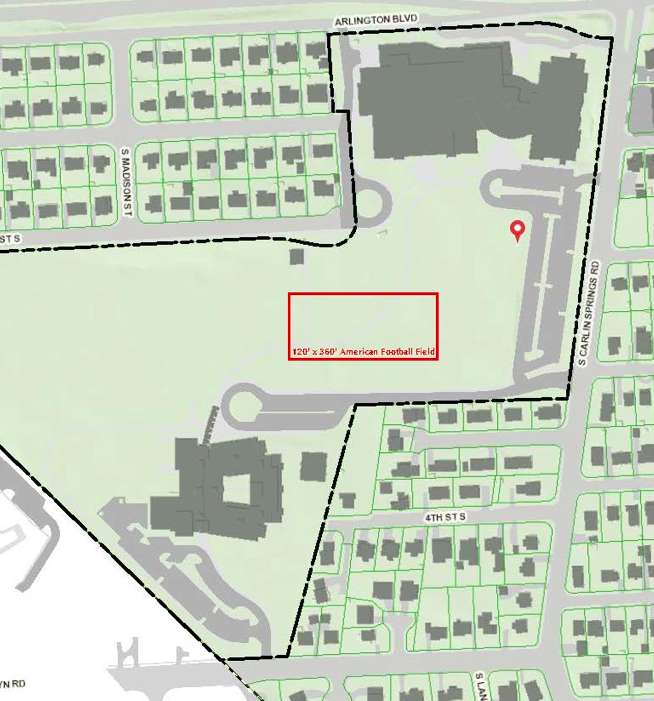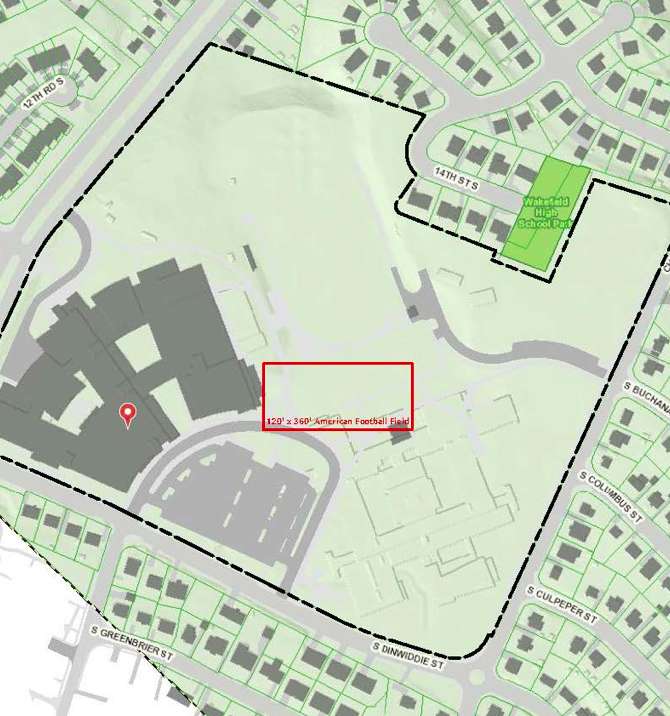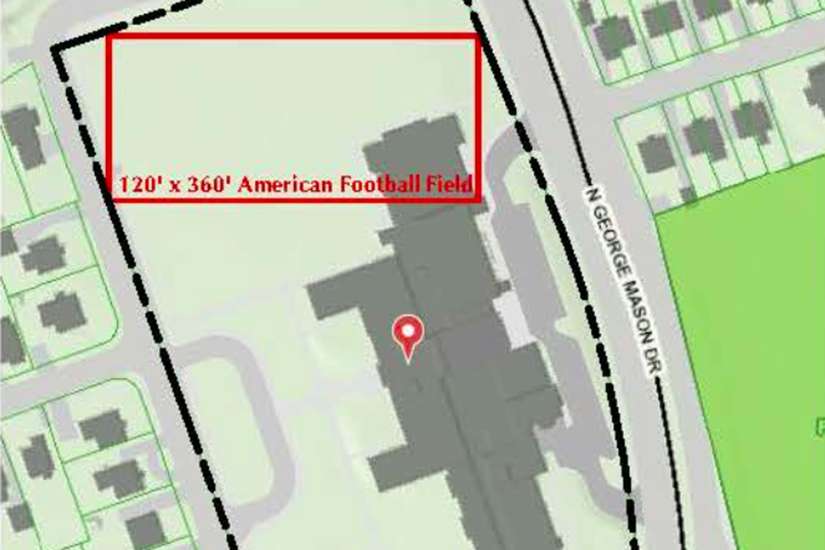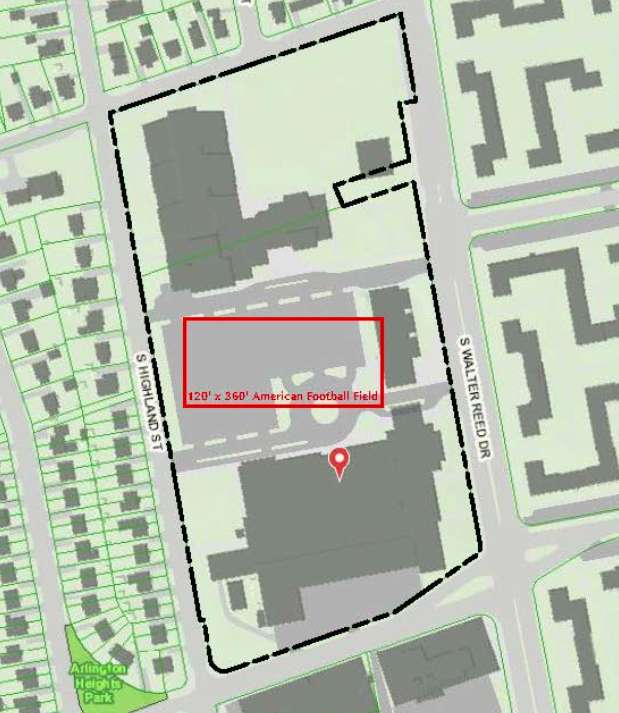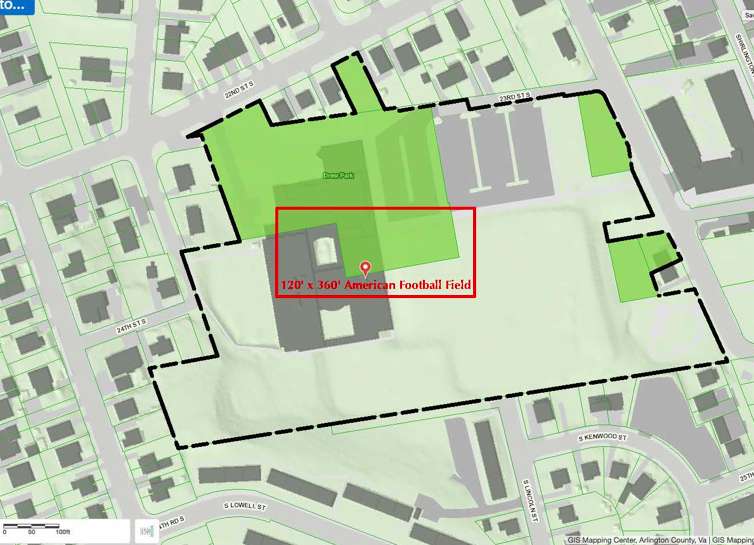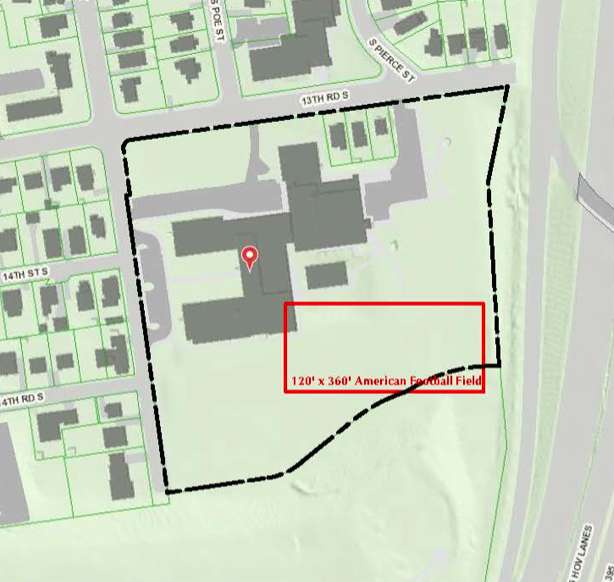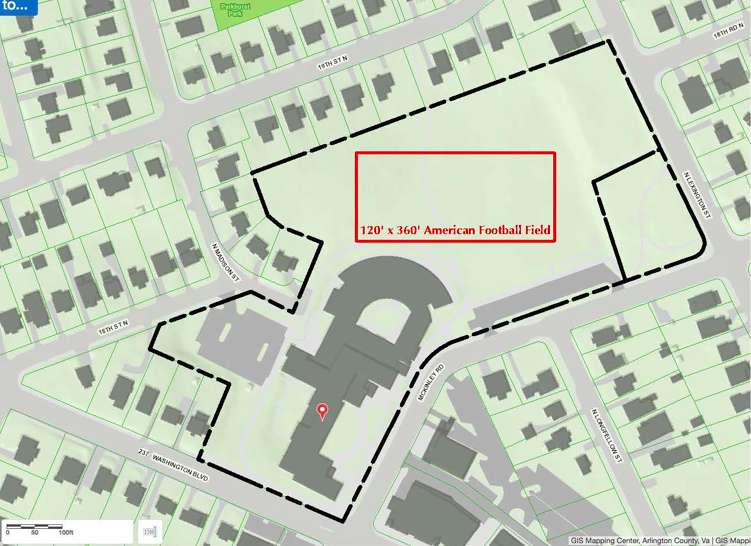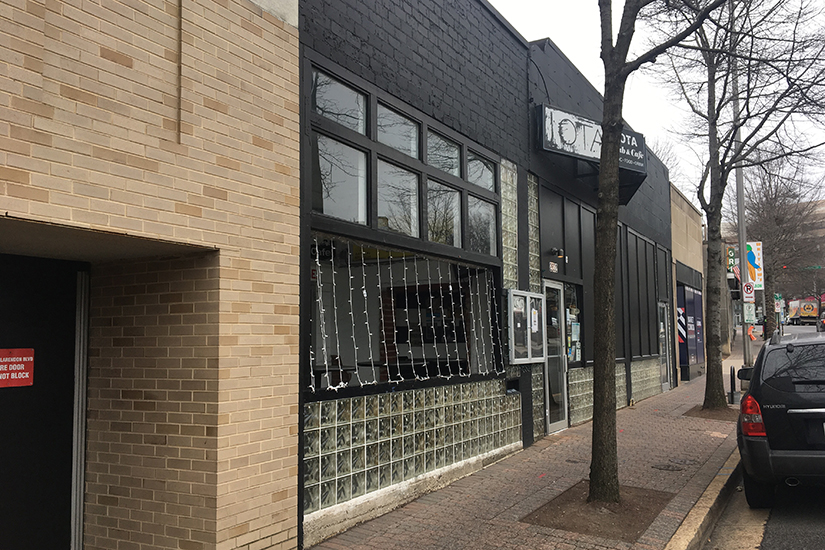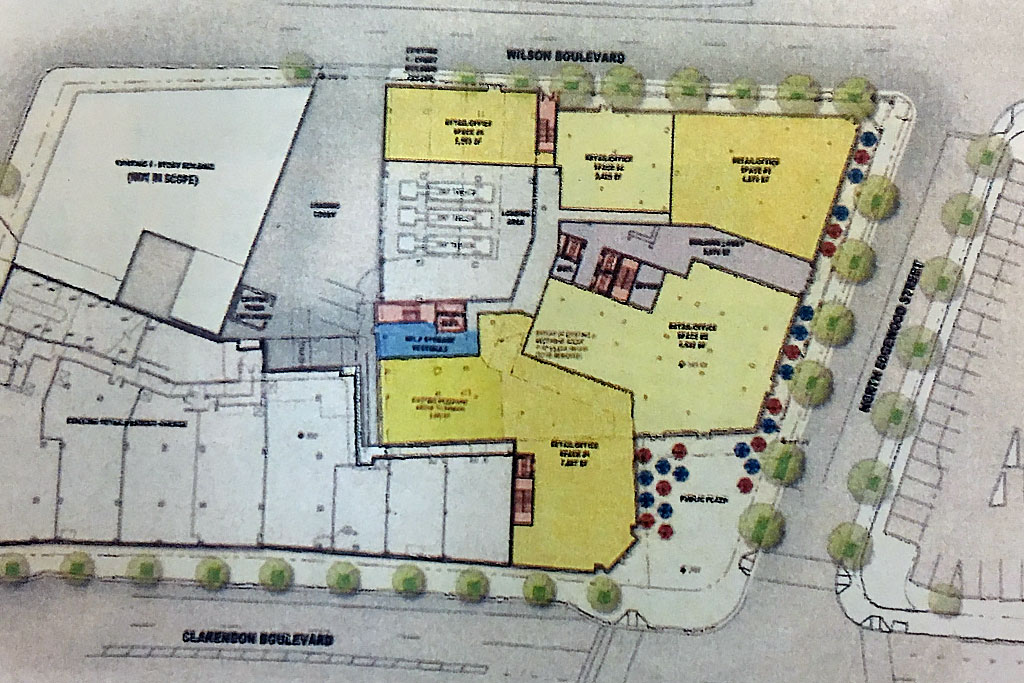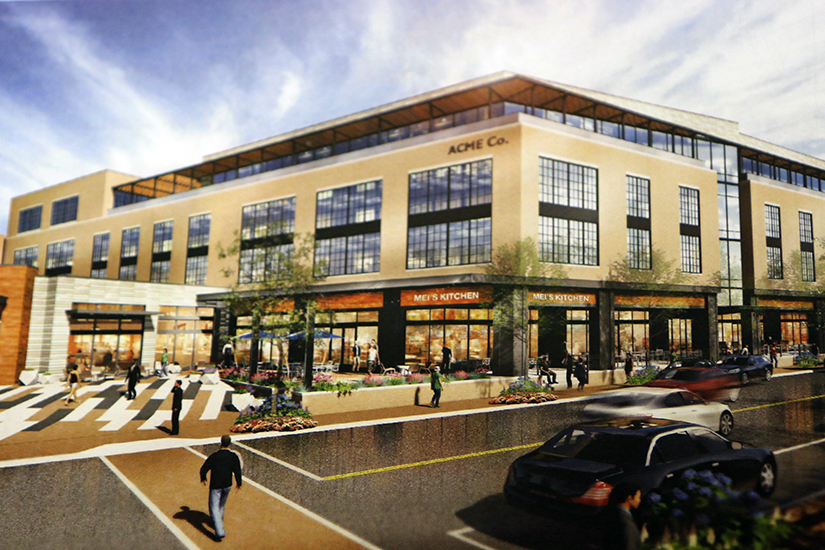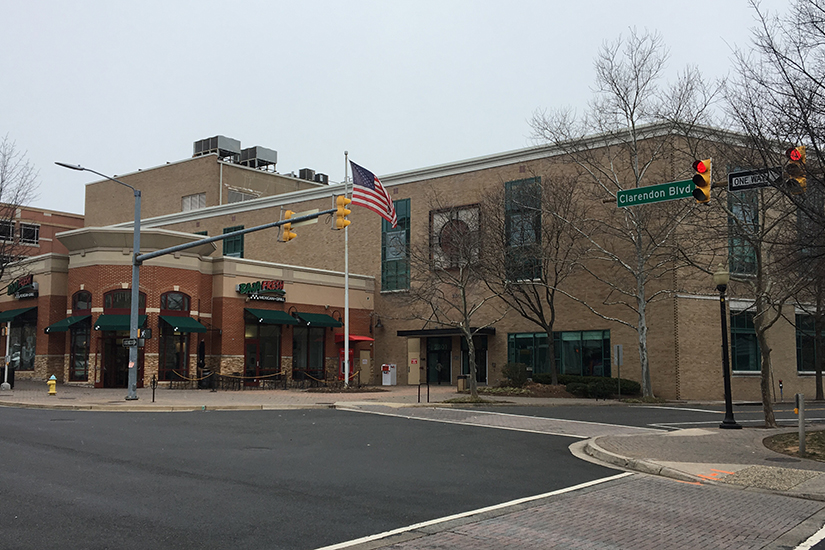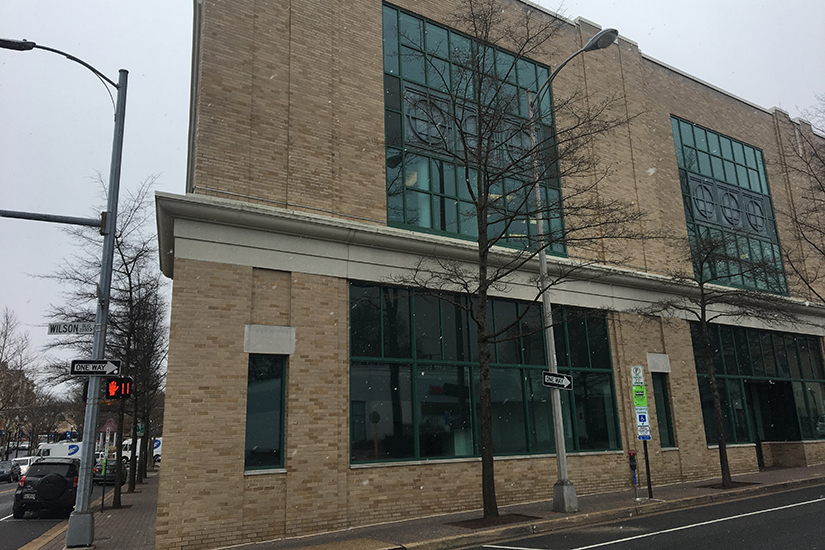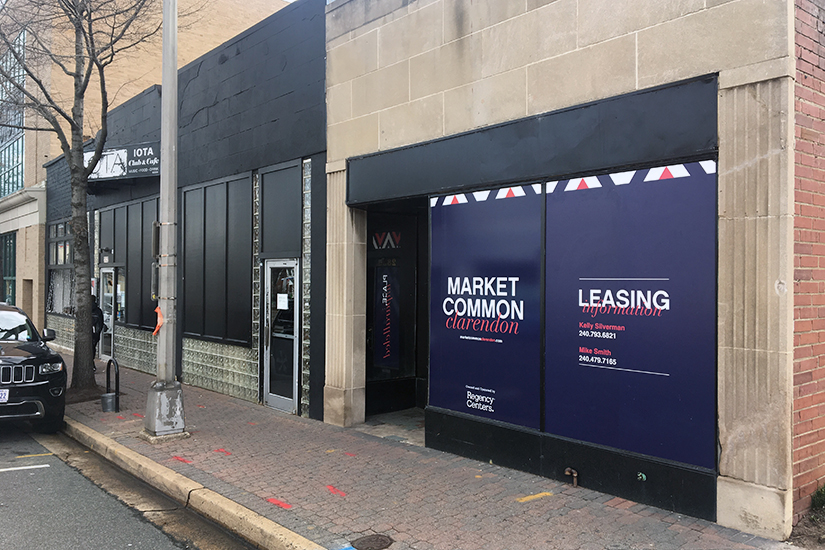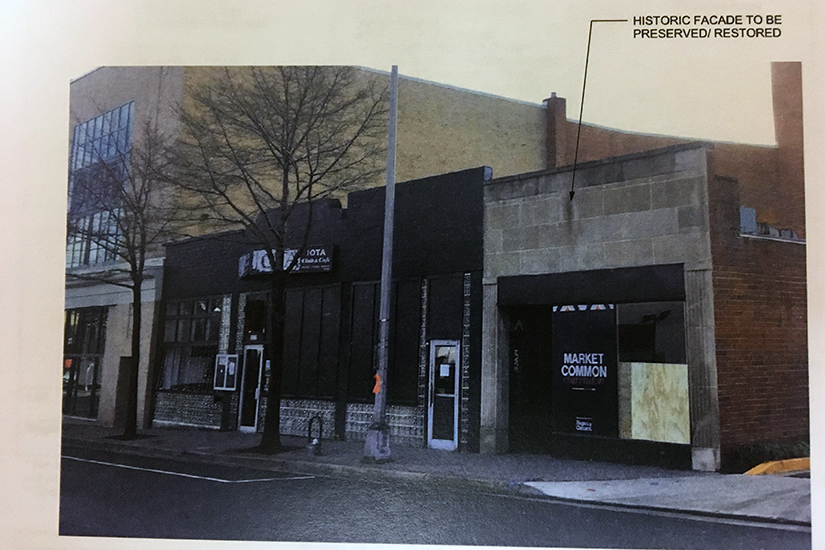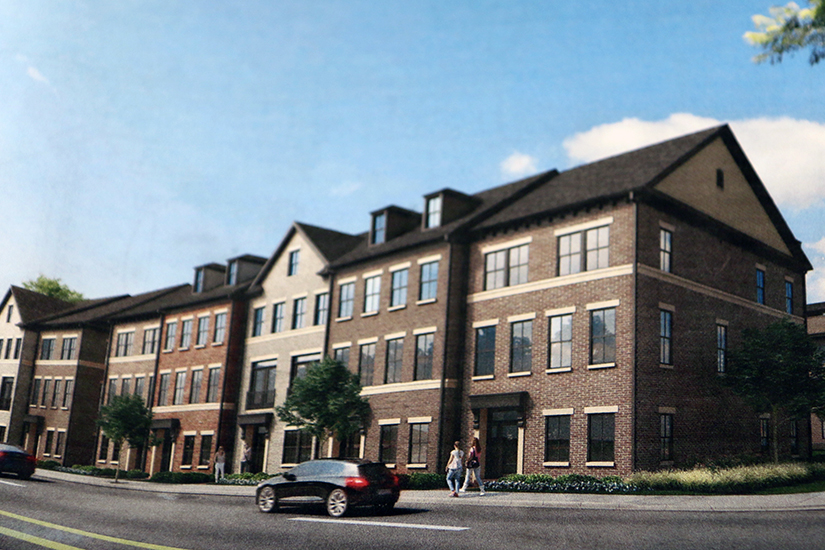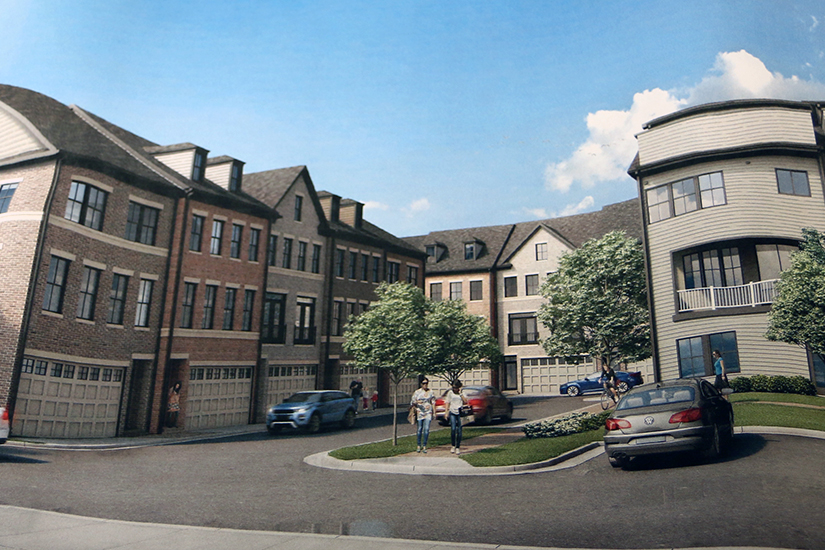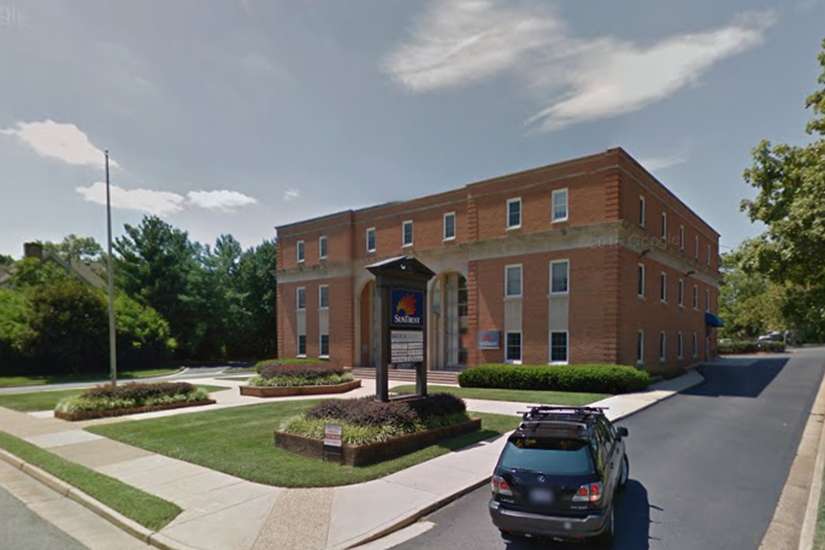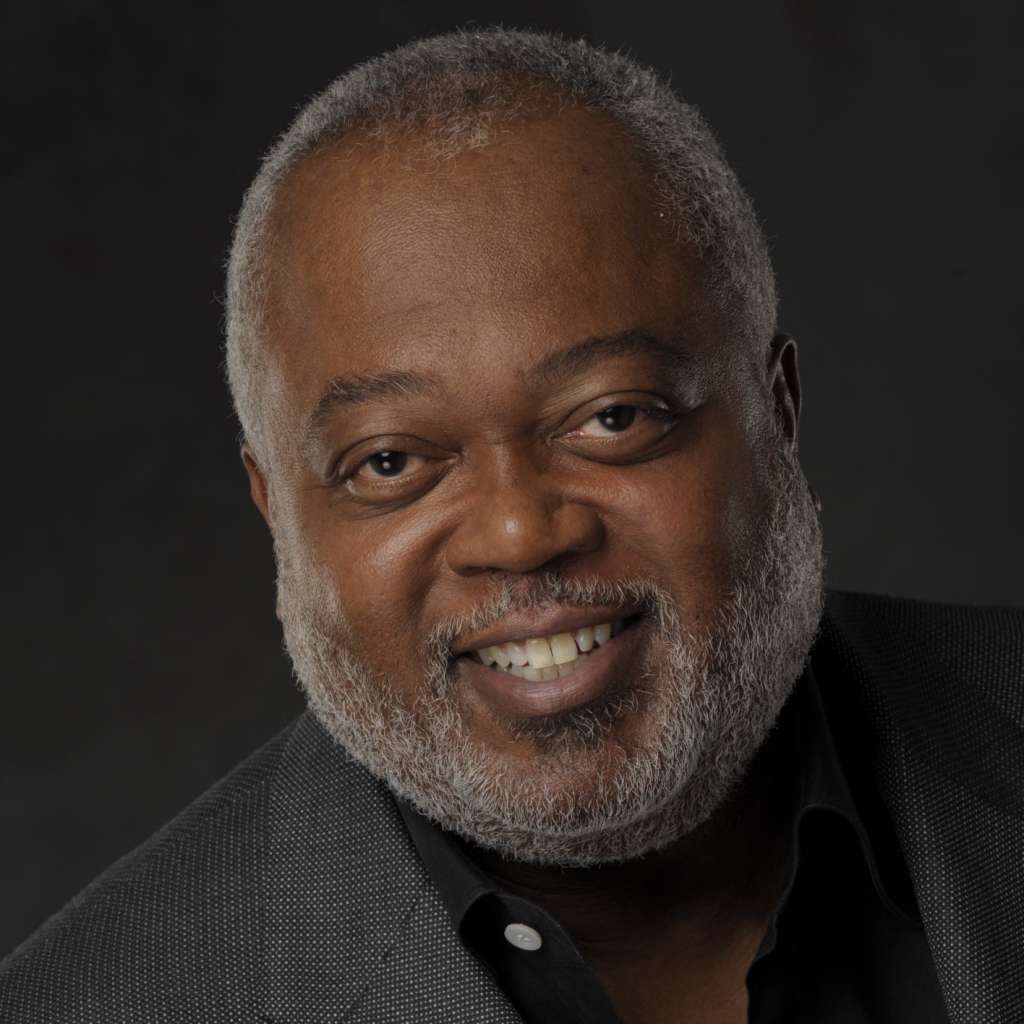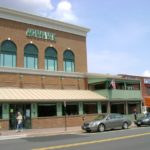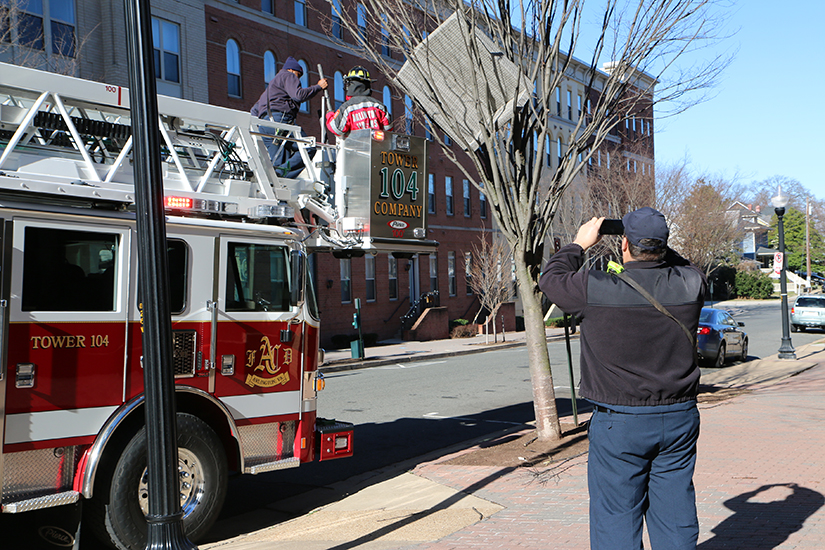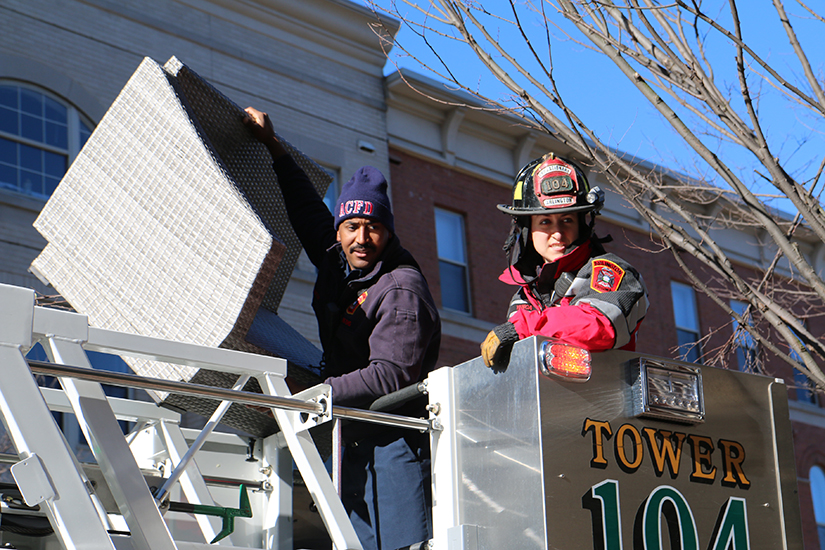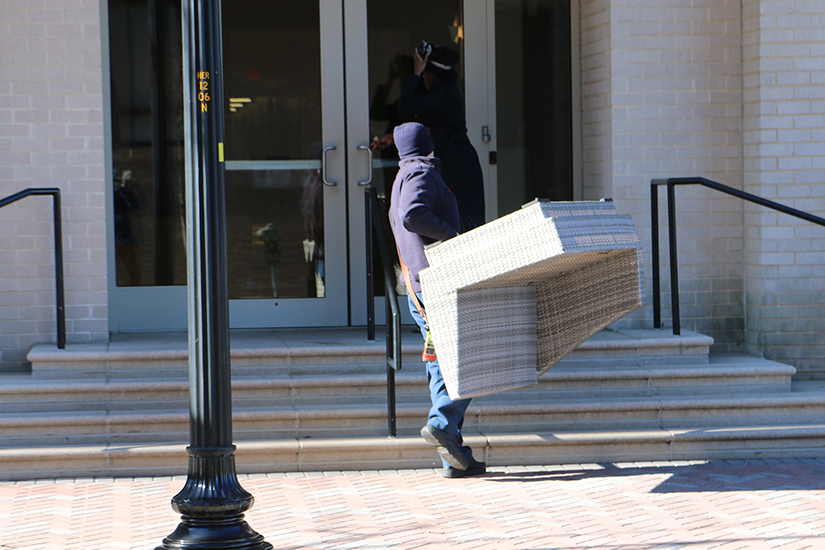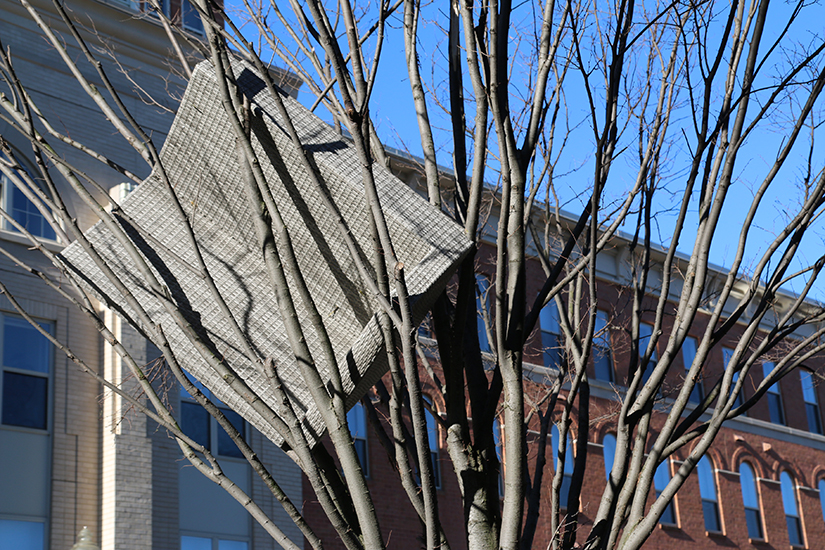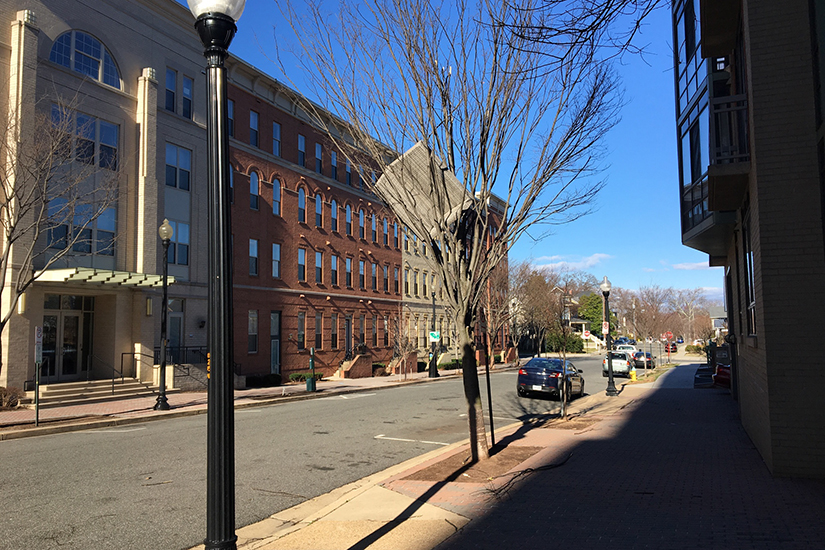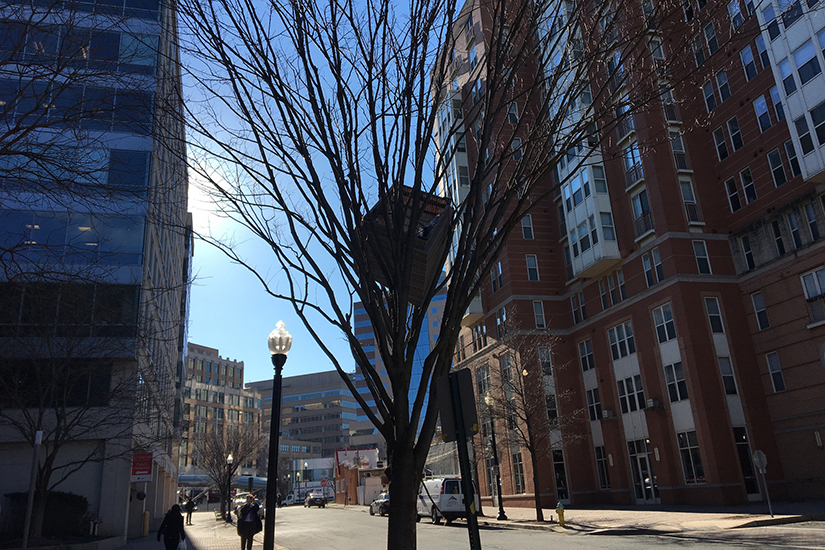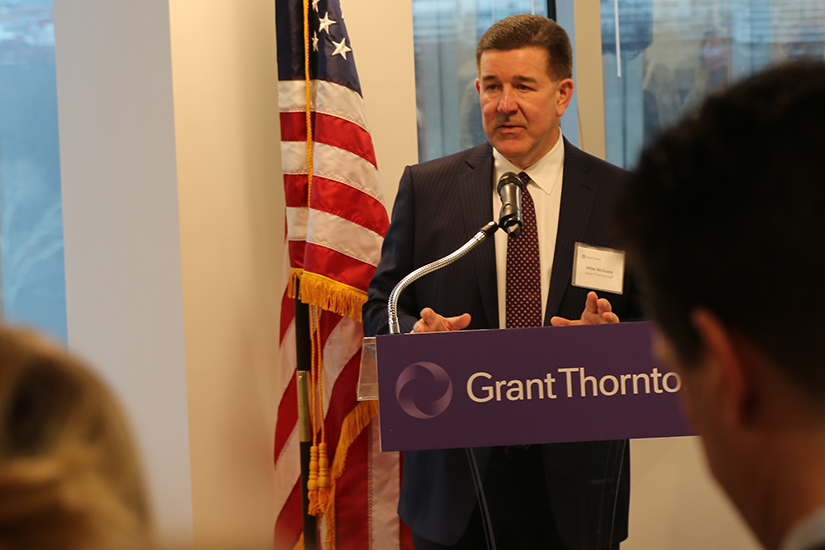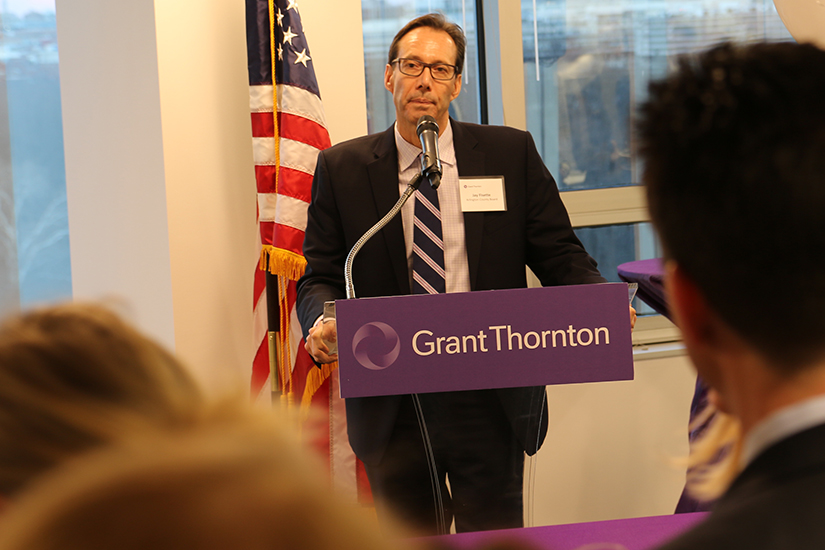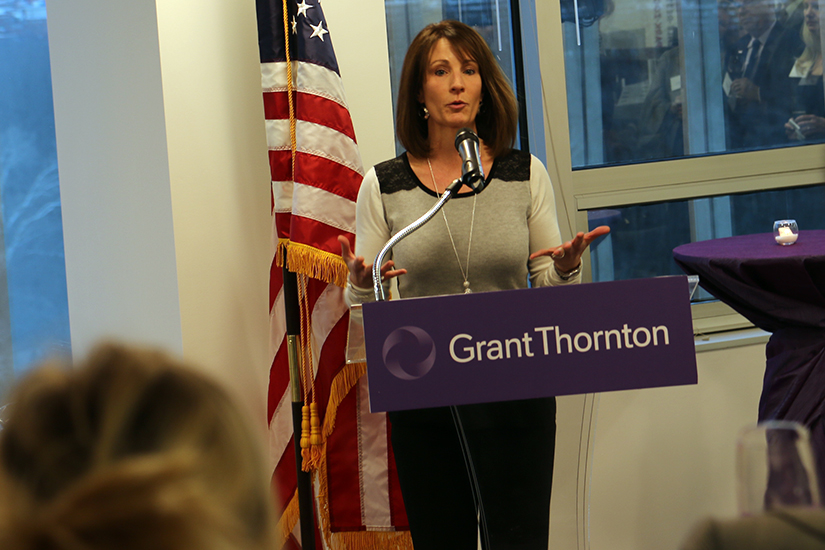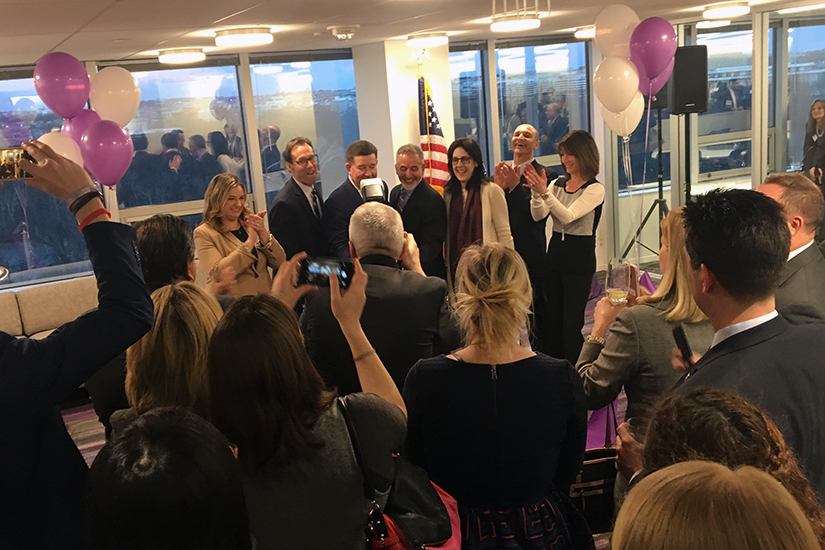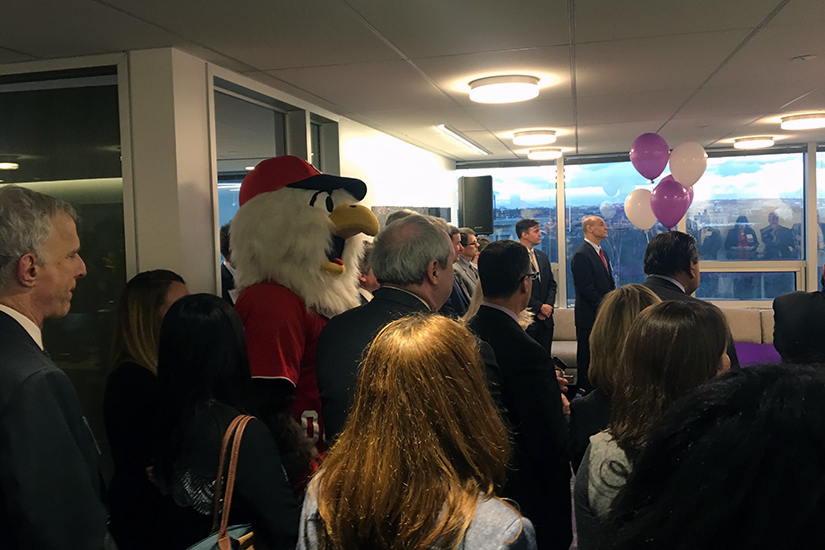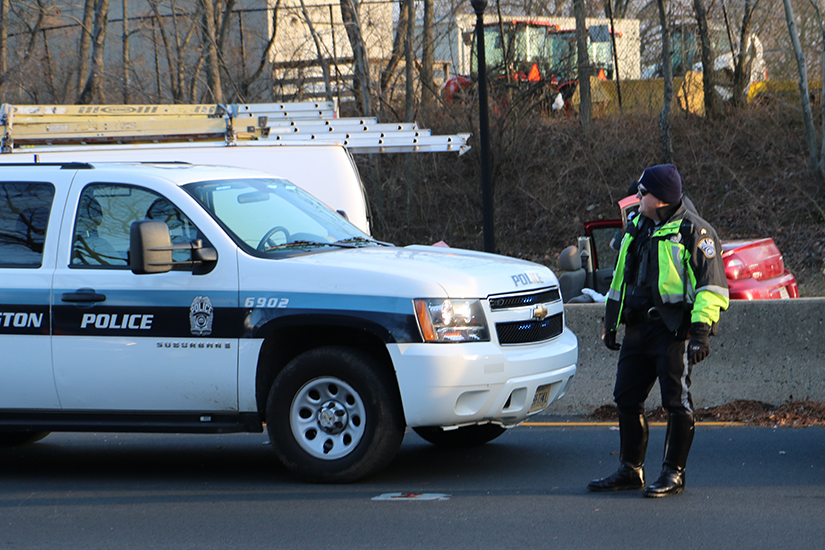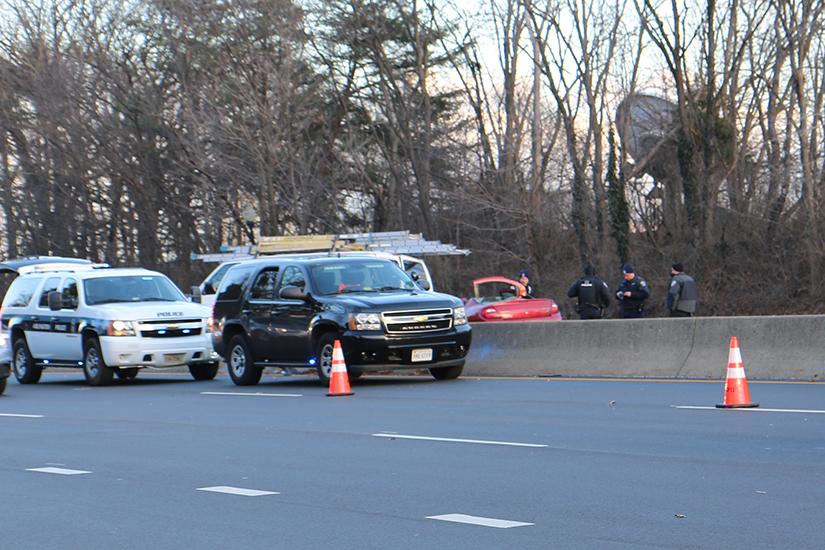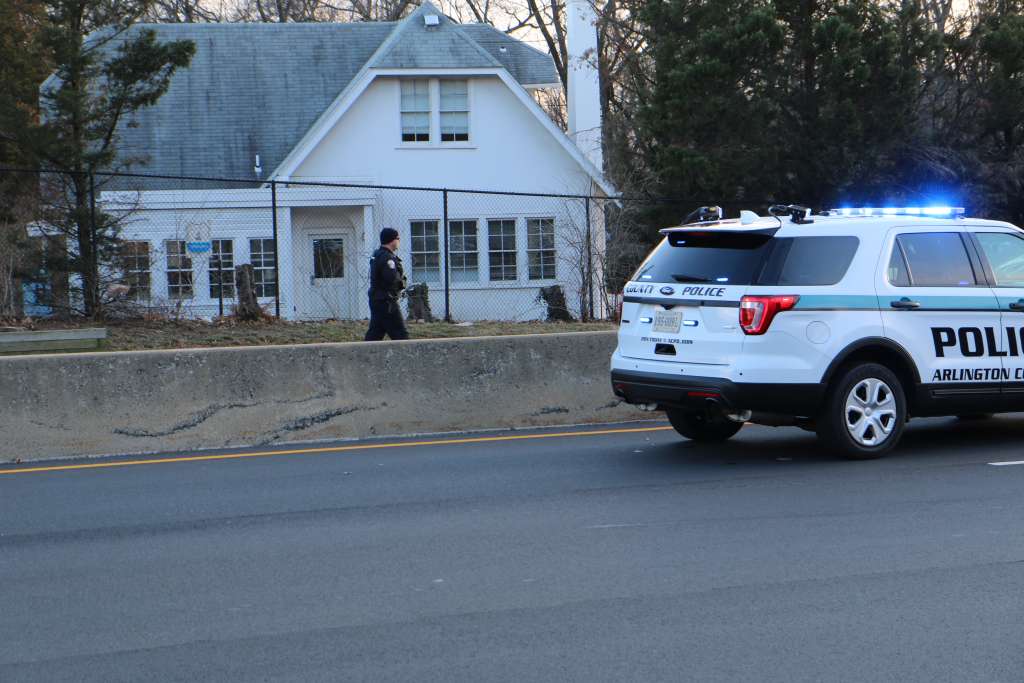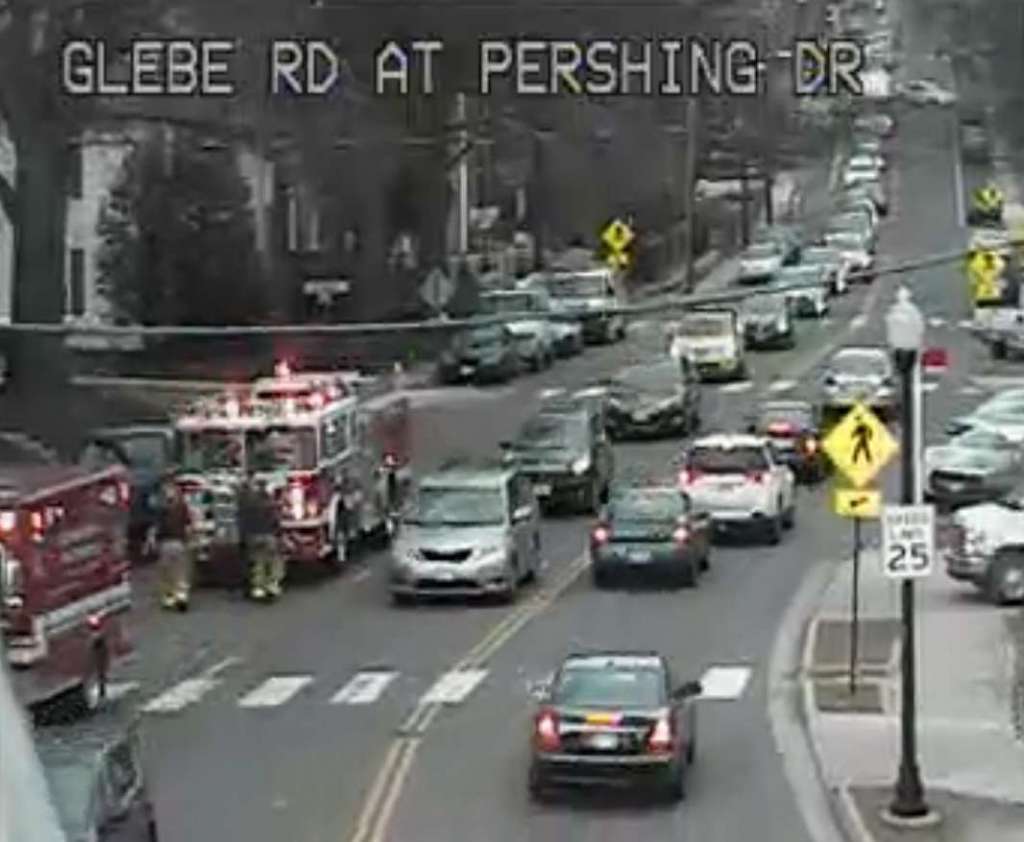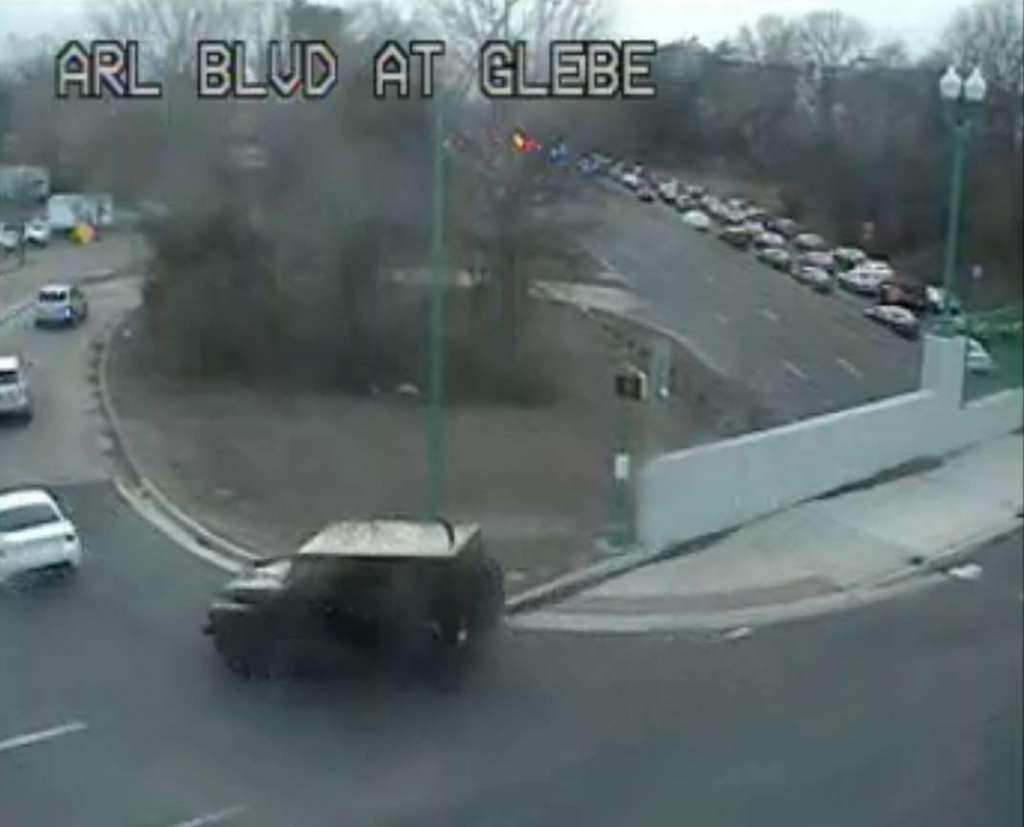
Sponsored by Monday Properties and written by ARLnow.com, Startup Monday is a weekly column that profiles Arlington-based startups and their founders, plus other local technology happenings. The Ground Floor, Monday’s office space for young companies in Rosslyn, is now open. The Metro-accessible space features a 5,000-square-foot common area that includes a kitchen, lounge area, collaborative meeting spaces, and a stage for formal presentations.
Imagine you’ve just set up a state-of-the-art home security system with all the bells and whistles. The alarms are set. The motion detectors are on. The cameras are live. But there’s a problem: You don’t know how to use any of that equipment. Are you really any safer than before?
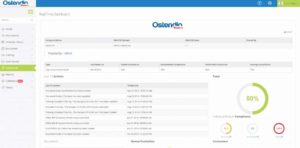 That’s an analogy from Grant Elliott, Founder and CEO of Rosslyn-based Ostendio, a company that focuses on I.T. compliance and security. Ostendio’s main product is My Virtual Compliance Manager (MyVCM), a platform that helps companies manage risk and bring their employees into compliance with standards and policies.
That’s an analogy from Grant Elliott, Founder and CEO of Rosslyn-based Ostendio, a company that focuses on I.T. compliance and security. Ostendio’s main product is My Virtual Compliance Manager (MyVCM), a platform that helps companies manage risk and bring their employees into compliance with standards and policies.
It’s common knowledge that the concept of cybersecurity is more relevant than ever before. Words and phrases like “cybercriminal,” “phishing” and “data breach” are now part of the public lexicon. Companies that handle sensitive information and data are increasingly beefing up their online defenses, and part of that process means getting employees up to speed.
“People are the weakest link,” Elliott said. “You can encrypt data to the highest degree possible … but if your people are being careless, information is going to get out and intruders are going to get in.”
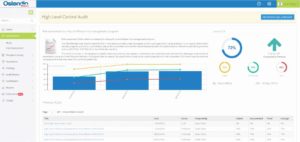 Using MyVCM, organizations can build out workflows that hold their employees accountable for keeping up-to-date with industry standards, training regimens and security regulations. The platform assigns employees individual scores that illustrate how close they are to full compliance, for instance. Those scores can then be checked against other employees or the company as a whole, and employees are given clear instructions on what they can do to improve.
Using MyVCM, organizations can build out workflows that hold their employees accountable for keeping up-to-date with industry standards, training regimens and security regulations. The platform assigns employees individual scores that illustrate how close they are to full compliance, for instance. Those scores can then be checked against other employees or the company as a whole, and employees are given clear instructions on what they can do to improve.
Elliott started Ostendio with two other co-founders in 2014. In the years since they founded the company, Ostendio has grown from a handful of employees in a shared workspace to more than a dozen people in a dedicated office space. The company has also cultivated a list of clients that includes more than 60 companies in the U.S., Canada, the U.K., Australia and Israel.
 “We’ve continued to expand,” Elliott said. “We’ve evolved and grown in a number of different dimensions.”
“We’ve continued to expand,” Elliott said. “We’ve evolved and grown in a number of different dimensions.”
Though the company was founded with the healthcare industry in mind, it now services businesses that operate in a multitude of industries.
“We’re not doing anything that’s specifically healthcare,” Elliott said. “Critical infrastructure, retail, finance, aerospace, all of these industries have a complex ecosystem with a requirement to protect and share sensitive data.”
And it’s not just about cybersecurity and risk management, either. Companies can use MyVCM to make sure employees are compliant in topics like sexual discrimination, company policy and product documents, as well.
With all those different uses for the product, Elliott said there’s plenty of room for more growth.
“Do I see us doubling in size over the next year or so? Sure,” Elliott said. “I think we can get to become a $100 million company.”
Above all else, Elliott said it’s the Ostendio team’s passion for building a great product that drives the company’s expanding operations.
“Regardless of how opportune how the market might be, it still comes from a relentless focus on delivery and execution,” he said. “For me, that relentless, driven execution is what’s helping us grow.”
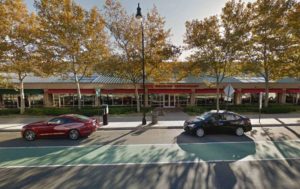 Arlington County firefighters fought and extinguished a dumpster fire at 1201 S. Hayes Street in Pentagon City earlier this morning.
Arlington County firefighters fought and extinguished a dumpster fire at 1201 S. Hayes Street in Pentagon City earlier this morning.

